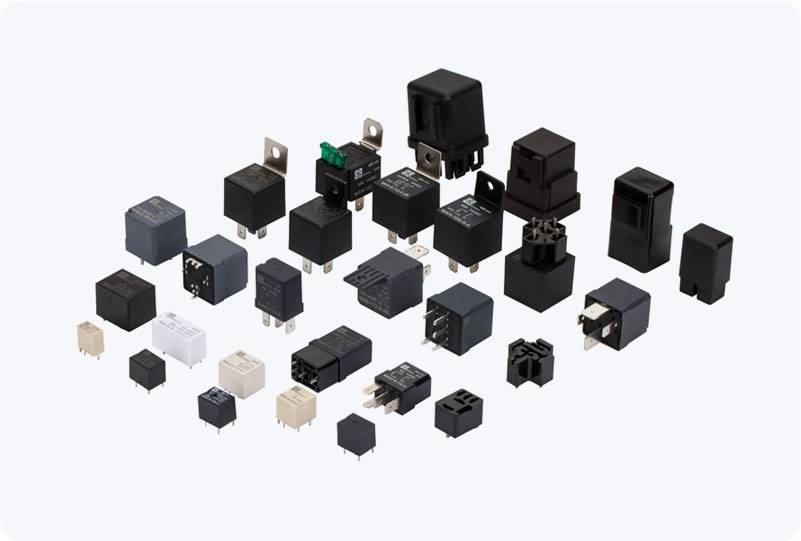A Circuit Breaker Relay is a crucial component in electrical systems, designed to protect circuits and electrical equipment from damage caused by overloads, short circuits, or other electrical faults. These devices are typically used in conjunction with circuit breakers to ensure the safe operation of electrical networks by detecting faults and automatically interrupting the circuit when necessary. This article explores the functions, working principles, and applications of circuit breaker relays, highlighting their importance in maintaining the safety and reliability of electrical systems.

The Function of Circuit Breaker Relay At its core, the Circuit Breaker Relay is designed to monitor the current flowing through a circuit and provide protection by disconnecting the power when abnormal conditions are detected. Unlike regular circuit breakers that only respond to a preset current level, the relay system is much more sensitive and sophisticated, capable of detecting specific types of faults, such as overloads, short circuits, and ground faults. Overload Protection: One of the primary functions of a circuit breaker relay is to prevent damage to electrical equipment caused by excessive current. If the current flowing through the circuit exceeds the safe threshold, the relay sends a signal to the circuit breaker, prompting it to disconnect the circuit. This is particularly important for protecting sensitive equipment from overheating or burning out.